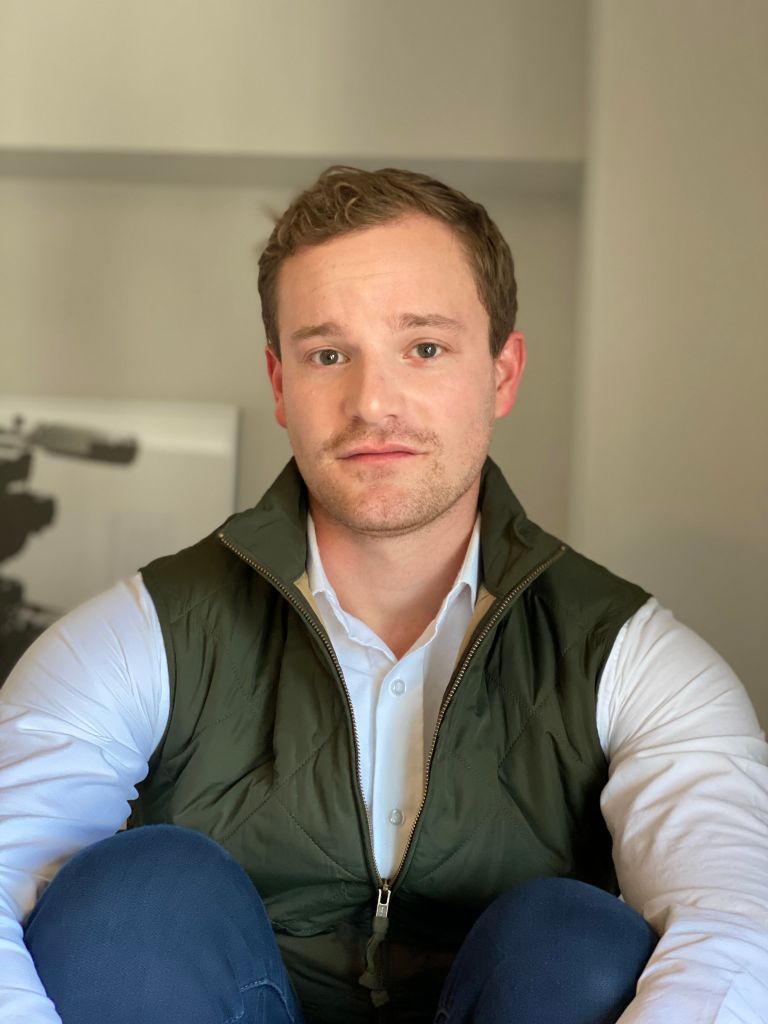

co-founder and co-CEO, LEX
For years, commercial real estate investing has been kept behind closed doors – reserved for accredited investors and monitored in private markets. Public REITs were an option, but limited portfolio customization and investing in individual properties.
Rather than pick the lock, Drew Sterrett, alongside his brother Dean and close friend Jesse Daughtry, built their own entryway to investing in real estate assets in a familiar public securities market format.
Investment democratization in mind, the trio formed LEX in 2017.
The company allows real estate owners to do equity recaps and bring in permanent non-controlling capital through access to public markets. Both accredited and non-accredited investors can buy and sell shares of these real estate assets without lockups, starting at $250.
They also operate an alternative trading system (ATS) – a platform one level below the national stock exchange with almost the exact same functionalities. The new equity being brought in for investors is actually publicly traded securities that are in LEX’s register with the DTCC and federal DNS like any other stock, allowing anyone to buy direct ownership in individual commercial real estate assets from a brokerage account.
All the while, property owners gain access to a new pool of capital while still maintaining operational control of properties.
FinLedger had the opportunity to sit down with Sterrett to discuss how LEX is helping to unlock equity for more potential investors worldwide and where commercial real estate investing is heading next.
FinLedger: What are the main problems LEX is aimed at solving right now when it comes to commercial investments?
Drew Sterrett: For real estate owners, they get to bring in permanent capital that they never have to pay back. They can hold the asset forever. Real Estate has a term and terminal value where they have five-, seven- or 10-year money. So in year five, seven or 10 we’re going to have to have to sell the asset – and LEX is getting rid of that.
Investors now have the ability to create their own destiny and leave out of the position when they so choose and not be beholden to the GP managing member. So their investments are now liquid.
You’re also getting the difference between private market and public market, and with more buyers, you actually have more price recognition. It’s not just 10 players on the field; you now have the entire capital markets and you’re bringing in permanent capital.
FL: How does the equity portion actually work? How are these assets managed on your end?
DS: We do full underwriting and due diligence so we are actually conducting essentially mini IPOs.
The prospectus is an offering circular filed with the SEC along with ongoing reporting. From a structural perspective, when an owner is coming to do an equity recap with us, we are working side by side with them but we are not a fiduciary or an asset manager.
That’s what allows us to work with everyone because we’re not competing on the other side of being an asset manager. We really are the technology and financial infrastructure that allow for this all to occur. But the large institutions would partner with themselves where they wouldn’t take on other partners in general, right? Because it’s really just the value creation for them.
FL: How many properties are you currently working with?
DS: One is currently trading, one is an IPO and the third is about to go live, but we have an entire pipeline right now so we will be rolling out about one per month.
FL: That starting $250 a share gives you quite the competitive edge with other similar platforms like Fundrise and CrowdStreet; however, what are the risks associated with taking on these non-accredited investors?
DS: There really are countless benefits. Especially for the investors with the market and liquidity.
Imagine you have five people in a deal and one person sold out. You then have 20% of whatever is available right now just sitting there on a non-public and liquid market. So you’re actually solving a number of issues by allowing all market participants to invest, interact, trade, buy and sell in these commercial real estate assets.
FL: The NAR recently reported that commercial asset acquisitions above $2.5 million are down nearly 30% year over year. How do you all sell this dream with market fluctuations in place where they are?
DS: I mean, it really is market by market, right? For example, look at Austin, Atlanta, Denver and Salt Lake City; all have actually had increases in certain markets while other markets have decreased.
So it’s more beneficial to break it down by individual sub markets on where things are trending, even in the sub market. For example, like Class A office, like one Vanderbilt fully occupied. There is a flight to quality, more so in many respects. So we’re seeing that as a general trend on a macro level. Even suburban offices have come back because you sort of had a flight out of this major metropolitan area.
Overall though, we examine the primary and secondary, but there are needles in the haystack where you can find beautiful gems. I’d say we are slightly more careful on straight up retail strip centers, for example, and certain hospitality especially, like luxury is doing much better than business travel. Given the environment we’re living in, we’re a little more cautious, but we deal with the entire spectrum of commercial real estate and multifamily.
